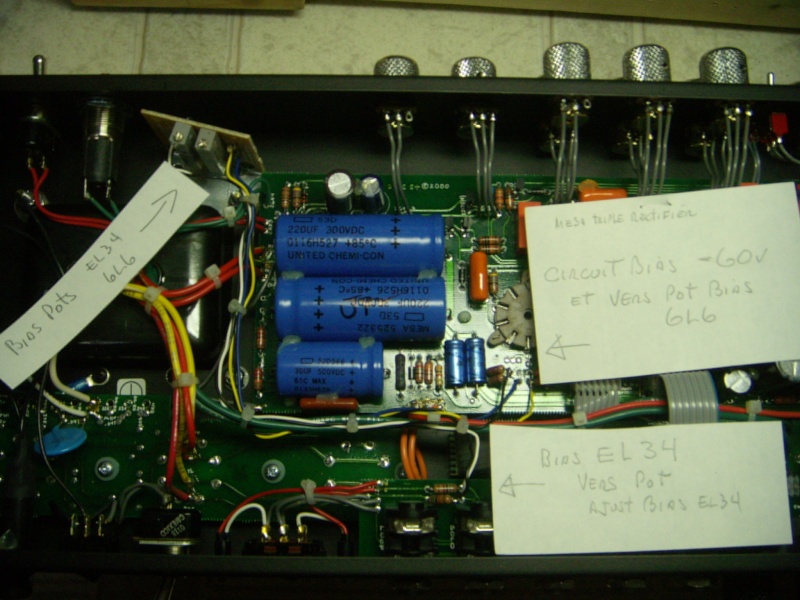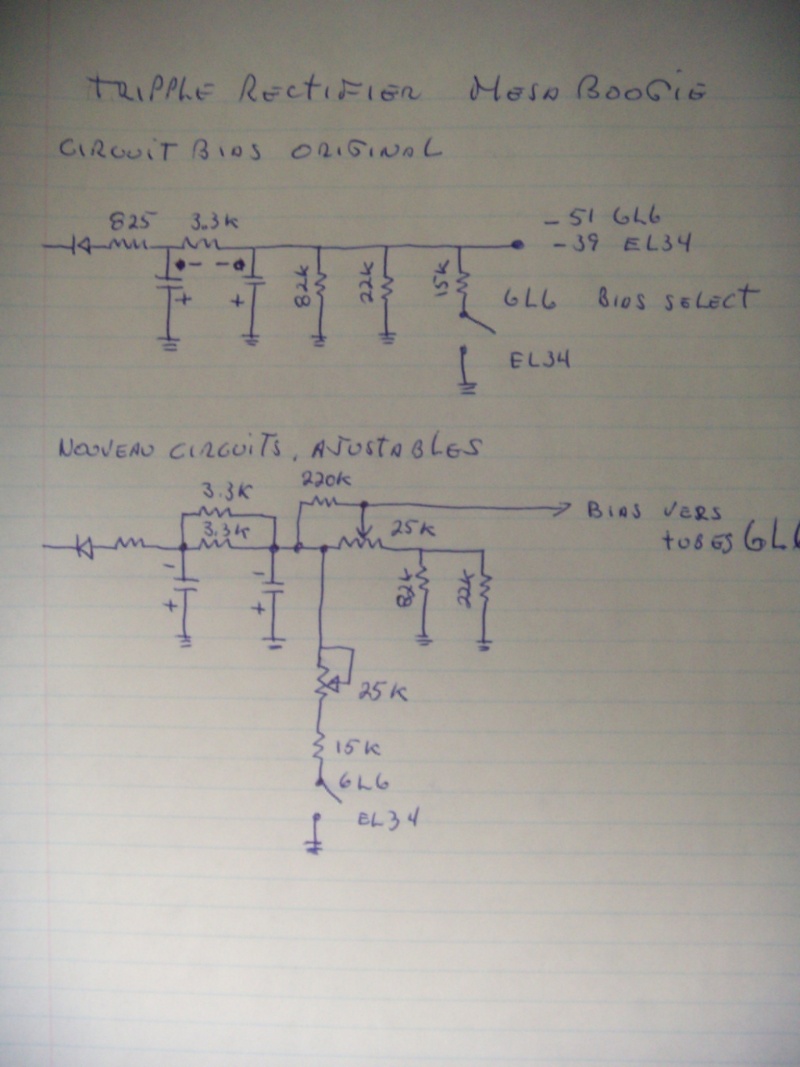That is typical of these amps. When you flip the switch to either spongy or tube rectifier, the DC voltage will drop, and therefore, the bias will go down. Bias is directly related to voltage, so that's a normal occurrence. When the voltage decreases, so does the bias on these amps.
In this situation, the proper thing to do would be to set the bias with the switches in the preferred position. If you're using (say for example) spongy and tube, check the voltage (in this case 384 volts), and bias appropriately (45.5 mA with EL34s in this case).
The bias WILL change depending on where the switches are set, simply because the voltage supplied to the tubes is different on each setting.
There really isn't a way to bias the tubes to be at peak performance in each setting, since each setting differs the voltage. The only thing to do is to bias the tubes in that particular setting, and the bias will change if a different setting is used.
I would bias them at 70% on bold/solid state rectifiers since that will produce the highest voltages, and protect against accidental flipping of switches which would raise the bias to unsafe levels.
If your customer wants the tubes biased with a certain setting, I would make sure they know that changes will occur when the switches are flipped, and make sure you're not responsible for accidental adjustment.







